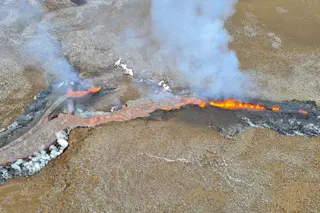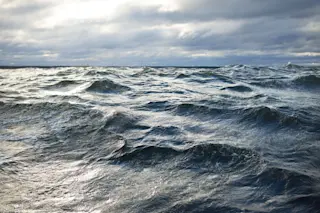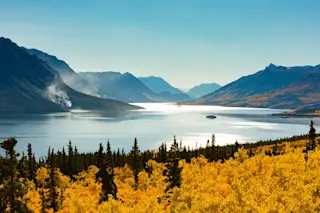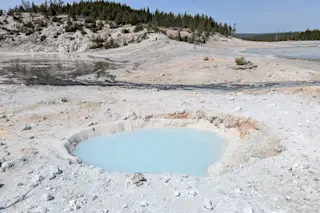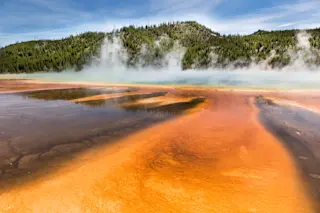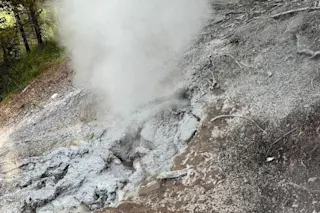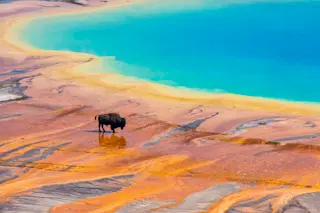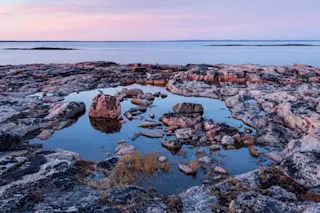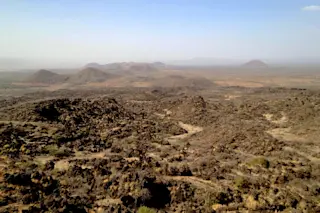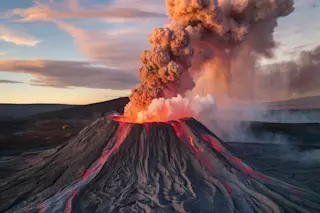A few weeks ago, the Reykjanes Peninsula saw its first eruption on land in centuries. The new eruption at Geldingadalir continues to produce an impressive cone and snaking lava flows but the eruption wasn't done there. New vents have now opened northeast of the original, bringing the total to three spots where lava is spilling out. These eruptions still don't pose any danger to Reykjavík beyond potential irritation due to the gases being emitted, but they have produced some of the biggest volcanic tourist draws in decades (for better or worse).
The first of the new fissures opened about a kilometer away from the original Geldingadalir vent. These fissures are a few hundred meters long and are sending lava down some narrow valleys away from the eruption site. As this lava reached flatter ground, it has spread out to form an impressive lava delta that can be seen in the ...


